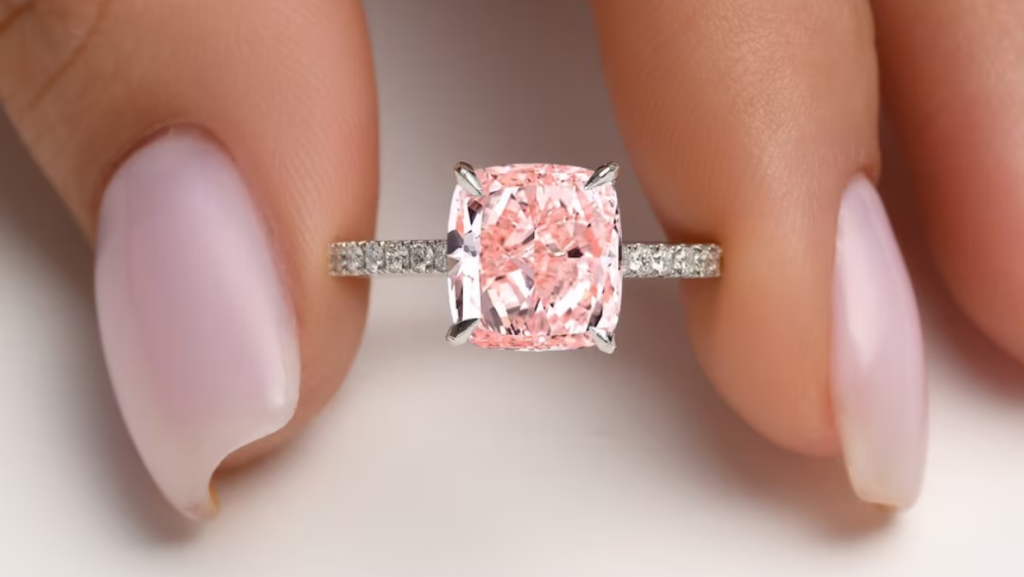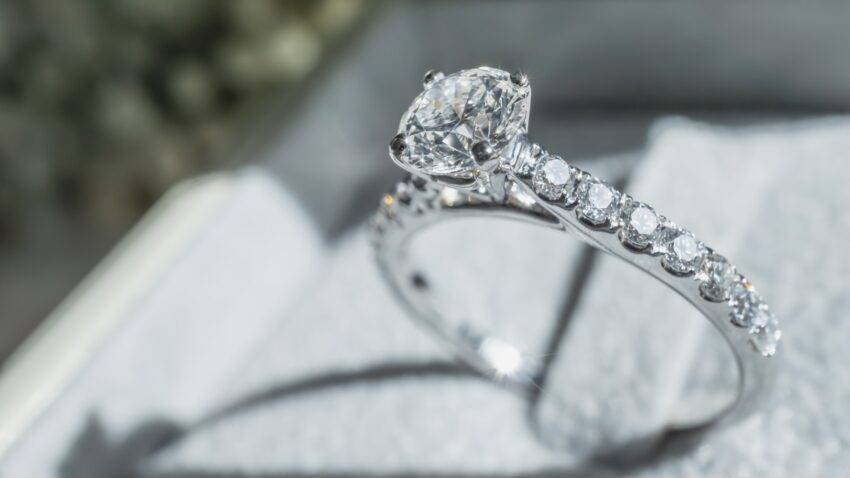In recent years, the jewelry industry has experienced a significant transformation, with man-made diamonds emerging as a popular and viable alternative to natural diamonds. As consumers become increasingly aware of the ethical, environmental, and economic implications of their purchases, the demand for diamond substitutes continues to rise. This article will explore the various types of man-made diamonds, their advantages over natural diamonds, and their impact on the jewelry market.
Understanding Man-Made Diamonds
Man-made diamonds, also known as synthetic diamonds or lab-grown diamonds, are created using advanced technology that replicates the natural diamond formation process. The two primary methods used to produce these diamonds are High Pressure High Temperature (HPHT) and Chemical Vapor Deposition (CVD).
The HPHT method simulates the extreme conditions found deep within the Earth, where natural diamonds form. In this process, carbon is subjected to high temperatures and pressures, resulting in the formation of diamond crystals. The CVD method, on the other hand, involves breaking down carbon-containing gases in a vacuum chamber to create a plasma. This plasma then deposits carbon atoms onto a substrate, gradually forming diamond layers.
Both techniques yield diamonds that are chemically, physically, and optically identical to their natural counterparts, making them a compelling choice for consumers seeking quality and authenticity in their jewelry.
The Benefits of Man-Made Diamonds
One of the primary advantages of man-made diamonds is their ethical sourcing. The natural diamond industry has faced scrutiny due to concerns over conflict diamonds, which are mined in war zones and sold to finance armed conflict. In contrast, man-made diamonds are produced in controlled environments, ensuring that they are free from the ethical dilemmas associated with natural diamonds.
Additionally, man-made diamonds offer a more affordable alternative to natural diamonds. Due to the lower production costs and absence of mining expenses, lab-grown diamonds are typically priced 20% to 40% lower than their natural counterparts. This price difference allows consumers to invest in larger or higher-quality stones for the same budget, enhancing their purchasing power.
Another significant benefit is the environmental impact of man-made diamonds. Diamond mining is an energy-intensive process that can lead to habitat destruction and other ecological concerns. In contrast, lab-grown diamonds require fewer resources and have a lower carbon footprint. As consumers increasingly prioritize sustainability, the environmental advantages of man-made diamonds resonate with those looking to make responsible choices.
Quality and Aesthetic Appeal of Man-Made Diamonds
When it comes to quality, man-made diamonds stand toe-to-toe with natural diamonds. They exhibit the same brilliance, fire, and scintillation that have long been associated with natural diamonds. Furthermore, lab-grown diamonds can be created in various colors, providing a wide range of options for consumers. From classic colorless diamonds to vibrant hues of blue, pink, and yellow, the variety available in lab-grown diamonds is vast and appealing.
Moreover, man-made diamonds can be tailored to specific preferences. Consumers have the opportunity to select the exact size, shape, and characteristics of their diamond, allowing for customized jewelry pieces that reflect individual style and taste. This level of personalization is often limited in the natural diamond market, where the availability of specific stones can be unpredictable.
The Market for Man-Made Diamonds
The rise of man-made diamonds has not gone unnoticed by major players in the jewelry industry. Several renowned jewelry brands have started to incorporate lab-grown diamonds into their collections, catering to the growing consumer interest in sustainable and ethical options. This shift not only reflects changing consumer values but also signifies a broader acceptance of synthetic diamonds within the luxury market.
As man-made diamonds gain traction, they have also sparked discussions regarding their perceived value compared to natural diamonds. While some traditionalists may argue that natural diamonds hold more sentimental value, many consumers view man-made diamonds as a modern alternative that aligns with their values of sustainability and ethics. As the market evolves, the distinction between man-made and natural diamonds is becoming increasingly blurred.
Consumer Perception and Education
Despite the growing popularity of man-made diamonds, there remains a need for consumer education. Many individuals are still unfamiliar with the differences between lab-grown and natural diamonds, leading to misconceptions about their value and desirability.
To effectively communicate the benefits of man-made diamonds, jewelry retailers must prioritize transparency and provide clear information regarding the production processes, ethical sourcing, and pricing. By demystifying man made diamonds and highlighting their advantages, retailers can help consumers make informed decisions that align with their values and preferences.
Conclusion: A Bright Future for Man-Made Diamonds
In conclusion, the emergence of man-made diamonds represents a significant shift in the jewelry industry. With their ethical sourcing, affordability, and stunning quality, these diamond substitutes are set to redefine consumer preferences. As awareness of the benefits of lab-grown diamonds continues to grow, they will likely become a staple in the jewelry market.




